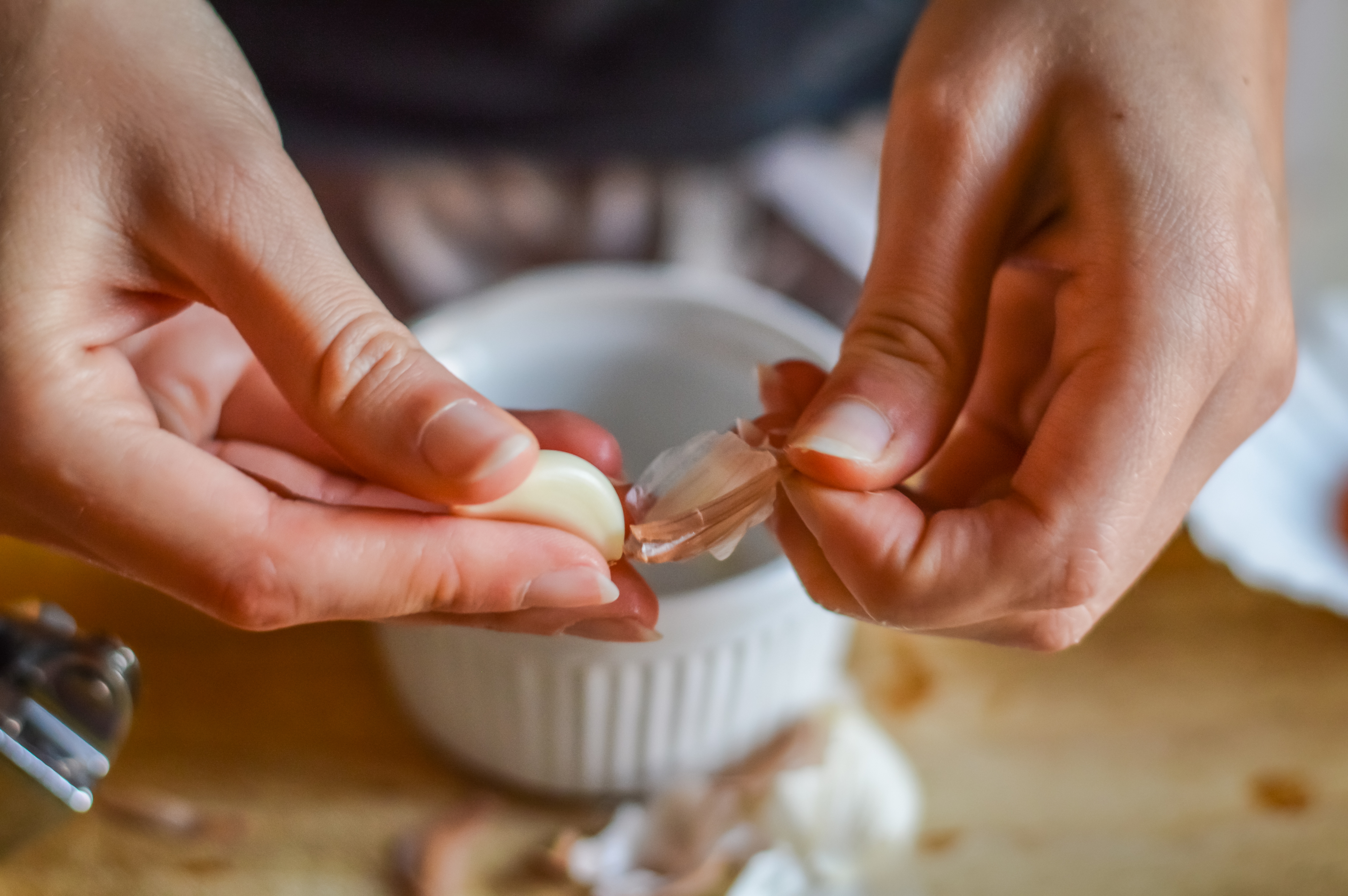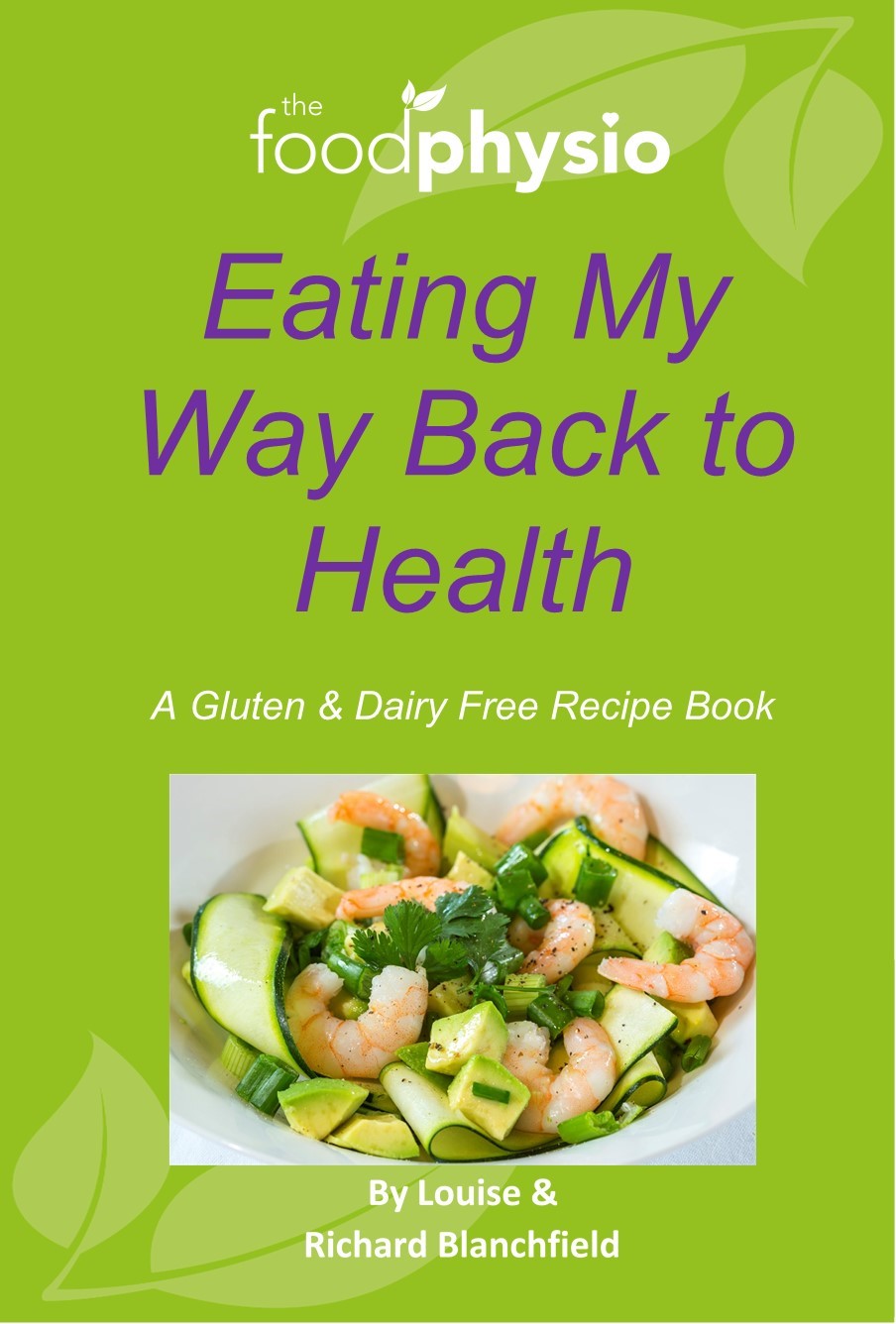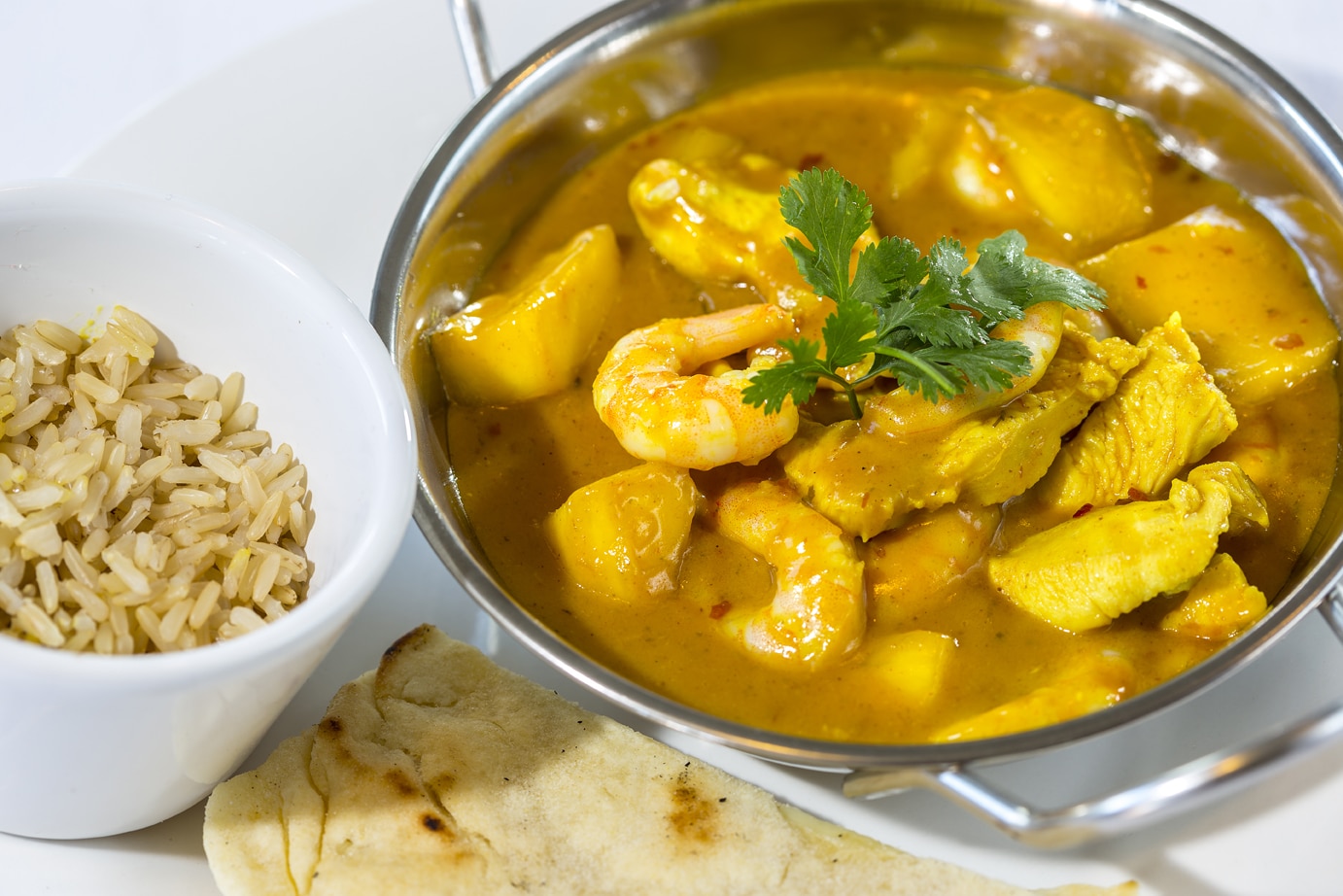It’s natural – and often sensible – to turn to medicine to help treat health problems, but have you considered the role food could play too?
Physiotherapist Louise Blanchfield was desperate to help improve her husband Richard’s health after he developed a form of inflammatory arthritis that led to him walking with a stick, and being told by his doctor he’d eventually need to use a wheelchair.
He already had the inflammatory bowel disease ulcerative colitis, so was faced with a lot of pain. Blanchfield began researching the links between inflammation in the body and diet and lifestyle.
She eventually devised a diet designed to reduce inflammation and promote gut health. Although sceptical at first, within weeks, Richard had started noticing improvements, and over the following year or so slowly got better and better.
“His joint pain cleared, his movement got easier, and function improved,” says Blanchfield. “Little did we know that what we did was going to actually reverse all of his symptoms.”
These improvements were shown in a colonoscopy the following year too; Richard’s bowel looked normal and the scarring from previous ulcerative colitis attacks had repaired.
Louise, now 45, was so impressed that she trained as a nutritional therapist and is now known as ‘the food physio’ (thefoodphysio.com). She and Richard, now 49, have also shared their recipe ideas in their book – Eating My Way Back To Health.

Blanchfield believes it could be beneficial for people suffering with a range of autoimmune diseases and inflammatory conditions, including inflammatory bowel disease and coeliac disease, chronic fatigue syndrome, endometriosis, vasculitis, lupus, fibromyalgia, multiple sclerosis, psoriasis and rheumatoid arthritis.
“Modern medicine had run out of answers, except take the tablet and get worse,” she says. “Believing the root cause to Richard’s problems was a damaged gut barrier, and a consequent overreaction of his immune system to food getting into his bloodstream that shouldn’t have been able to get through, we set about trying to eat to heal the damage, settle the immune system reaction and calm the inflammation.
“[We did this] by removing foods we believed may be causing the gut damage, eating foods which contain nutrients needed for the gut to repair itself, and eating foods which are anti-inflammatory in nature,” she adds. “Richard is now totally pain-free without any medication. I would never have dreamed this was possible. Our bodies are amazing, and given the right environment, it’s incredible what they can achieve. Richard is proof of that.”
Of course, it’s important to remember everybody is different, and our health and dietary needs aren’t always the same. It’s never advisable to make any changes to your treatment regime, or any big diet changes without discussing it carefully with your own doctor.
“Our guts are as individual as our hair and our eye colour – what one person can eat and thrive on just doesn’t work for someone else. It’s about finding what works for you,” says Blanchfield.
These are the dietary changes that worked for Richard…
1. Going gluten and dairy-free
Following a gluten and dairy-free diet, to remove probable food intolerances inflaming or damaging the gut, proved beneficial for Richard. However, this doesn’t mean ditching gluten and dairy is right for everyone.
2. Eating raw garlic

Eating raw garlic, via an olive tapenade recipe in the book, was another change he adopted. “This is to help balance gut bacteria, as it kills bad bacteria,” explains Blanchfield.
3. Eating more than five fruit and veg a day
Eating eight to 10 fruit and vegetables per day, rather than the standard five a day, can boost antioxidant levels and provide extra vitamins and minerals needed for optimum body function.
4. Making homemade sauerkraut

Sauerkraut is said to help boost good gut bacteria. “This is due to it being a fermented vegetable containing good bacteria, and because cabbage contains glutamine, which is needed as a fuel by gut cells,” explains Blanchfield.
5. Ditch white rice and potatoes
Blanchfield says avoiding white potatoes and white rice, as they can feed harmful bacteria in the gut and help the bacteria multiply, was another change Richard found helpful.
6. Eat the rainbow
Eat a variety of coloured fruit and vegetables, as this will give a good mix of vitamins and minerals. Include sweet potatoes, beetroot, turnip and carrots, as they feed beneficial bacteria and help them grow in numbers.
7. Fill up on chicken bone broth
Make and eat chicken bone broth; the collagen in it helps the gut to heal, says Blanchfield.
8. No processed food
Processed food “contains additives that add to the toxic load in our bodies, increasing inflammation and making digestion harder,” says Blanchfield.
9. Avoid alcohol
Alcohol is also inflammatory and adds to the toxic load.
10. Avoid fizzy drinks
However, don’t have a carbonated drink instead of alcohol. Blanchfield says fizzy drinks are inflammatory too.
11. Pull the pork
Avoid all pork products, she suggests, as they’re very inflammatory.
12. Avoid crisps, cakes and biscuits
Steer clear of baked goodies like cakes and biscuits – even if they’re gluten and dairy-free – as well as crisps, as they’re made from inflammatory fats.
13. Steer clear of vegetable oils
Try to avoid vegetable oils, as they can be very inflammatory, says Blanchfield.
14. Use Indian spices
Include spices like ginger and turmeric regularly in your diet, as they are highly anti-inflammatory. Use them for cooking in recipes like chicken, prawn and mango curry.
Re-introduce certain things when symptoms settle
Richard followed the diet for nine months, before easing off some of the strict measures. Now, he can eat gluten and dairy on a rotational basis (once every four days) with no resurgence of his symptoms, and can even go off the plan on holiday for two to three weeks and have no symptoms, resuming gluten and dairy-free eating on his return to ensure his symptoms don’t return.
“Observe the diet strictly until symptoms have cleared fully,” Blanchfield suggests, “and then to try a reintroduction test to see how flexible you can be with your diet on an ongoing basis. It then depends on the individual.”

Eating My Way Back to Health by Louise and Richard Blanchfield is published by Purple Star Publishing, priced £29.99/€33.59 on Amazon plus p&p. Available now.
